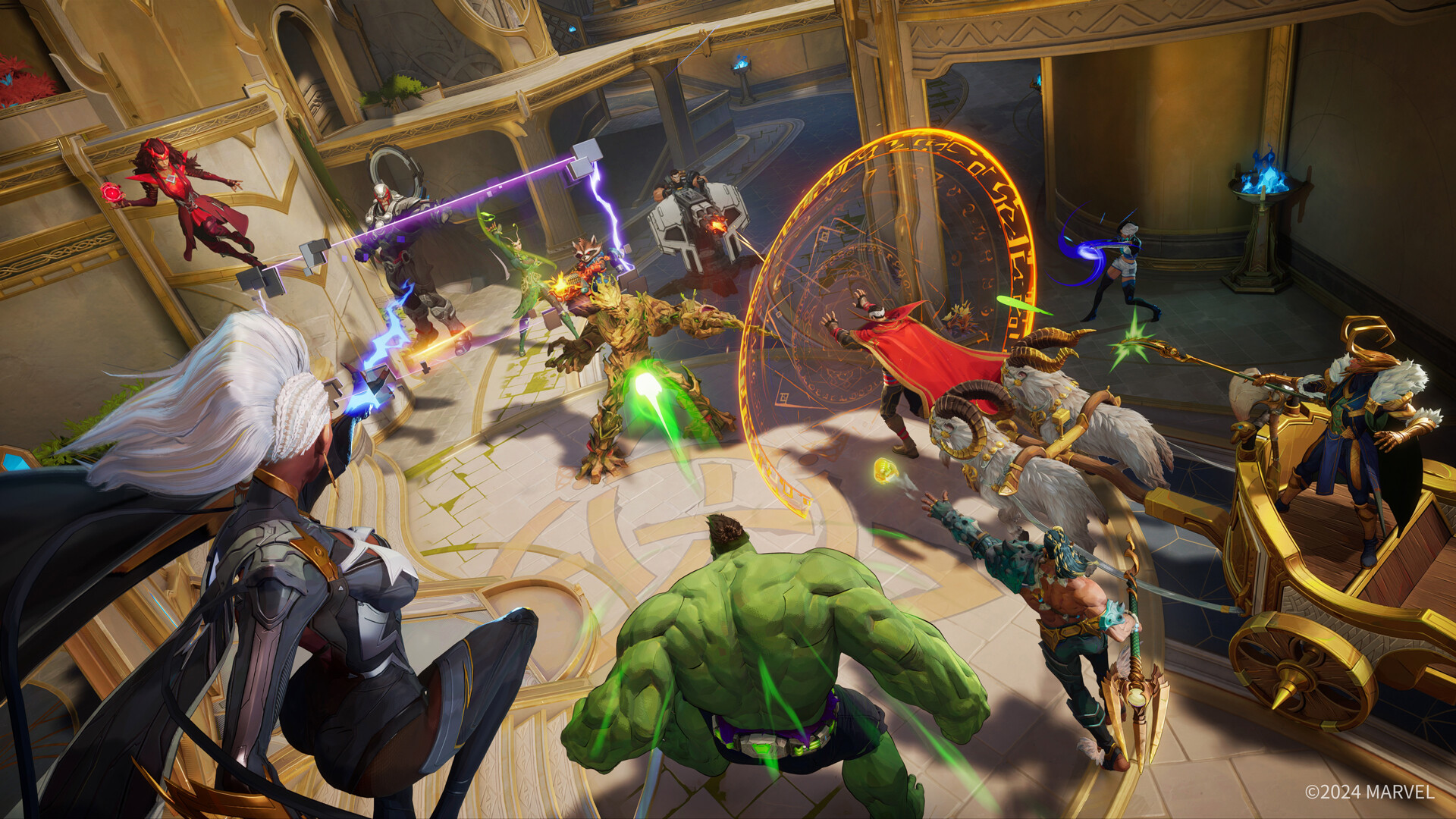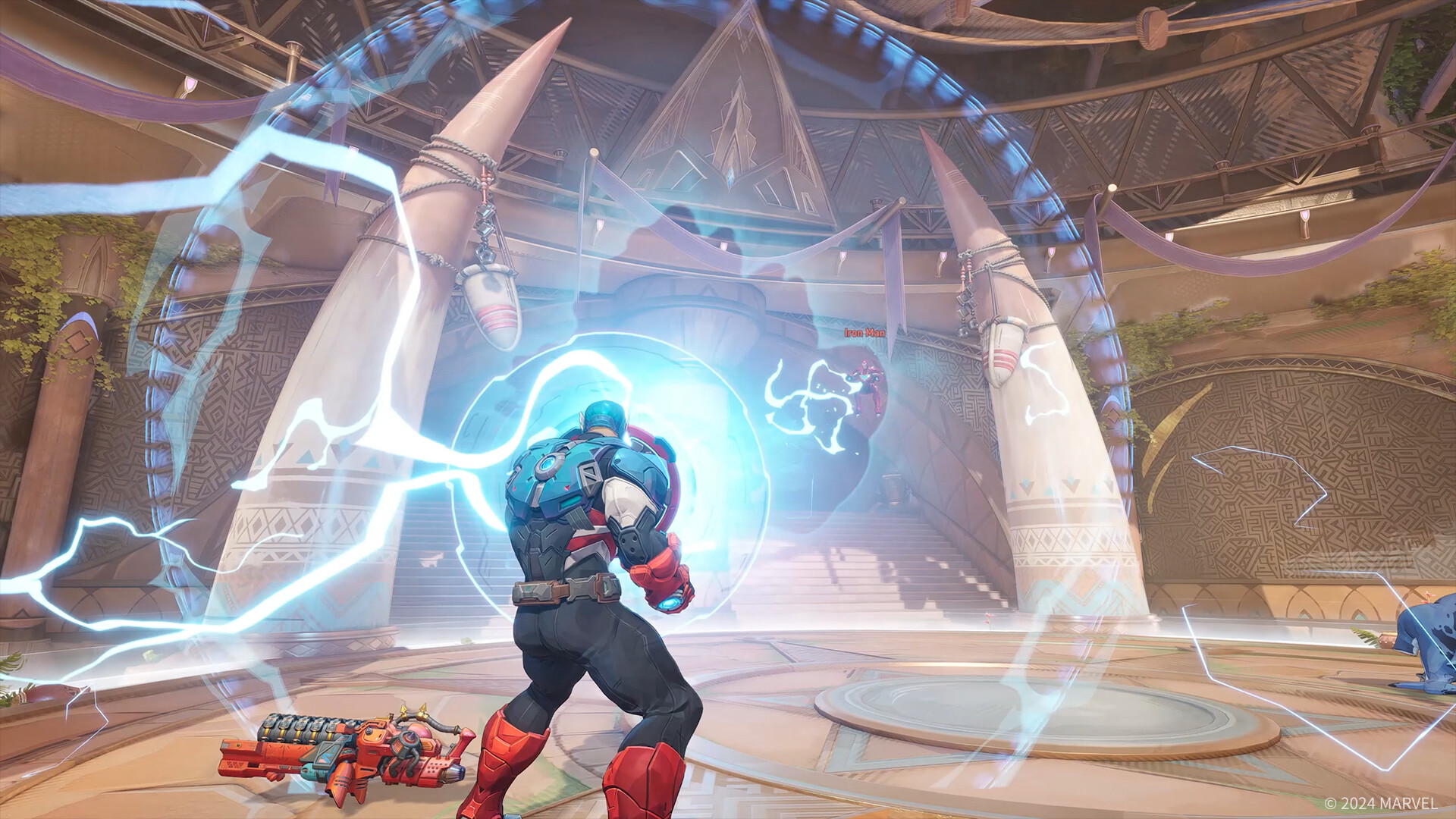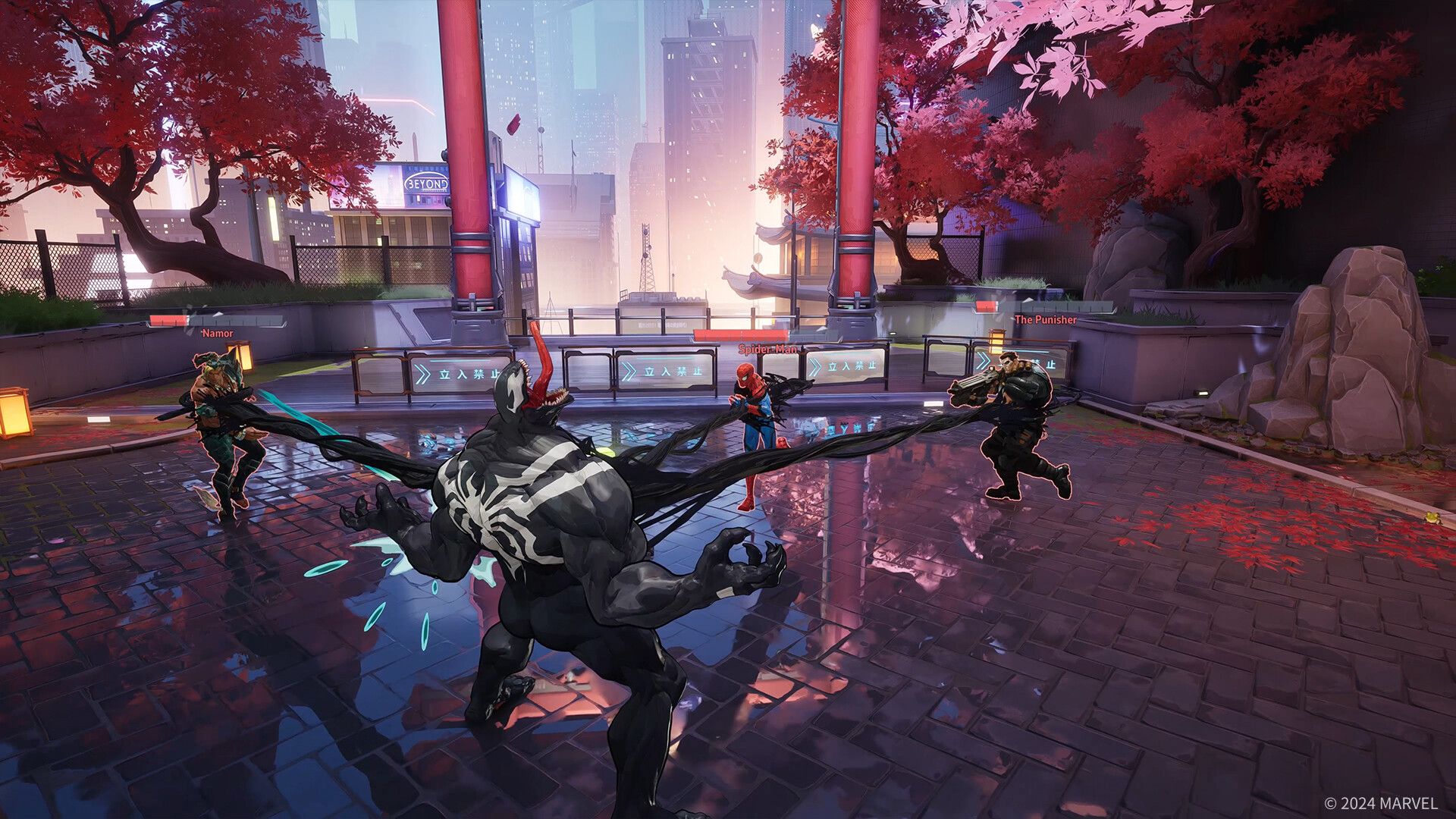On February 26, WN Academy hosted a live broadcast of the deconstruction show "What's Up with the Game?", where gaming industry experts analyze releases from various genres focusing on mechanics, operation, and monetization. Here's what stood out in the latest episode dedicated to the phenomenon of Marvel Rivals.
The "What's Up with the Game?" projects are deconstructed live by regular hosts: App2Top.ru's Editor-in-Chief Alexander Semenov and Owlcat Games Producer Maxim Fomichev. Each episode features a special guest, and this time it was Boris Tonkonogov, project manager at Nexters.
Discussing the success of Marvel Rivals, the experts agreed that NetEase not only successfully copied and reimagined Overwatch's mechanics but also attracted a broad audience thanks to a recognizable IP. In a highly competitive genre, one cannot ignore the power of branding. "Survivability in the session shooter genre is like in survival games: there are conditional Arc and Rust, and then there are all the others—they either quickly fade away or never hit the mark at all," Fomichev believes.
According to Tonkonogov, a major advantage of Marvel Rivals is the low entry barrier, allowing newcomers to enjoy the gameplay without knowing all the mechanics and avoiding frustration. It also includes the alignment of expectations for a recognizable hero with their in-game abilities.
The absence of "locked" roles also sets Marvel Rivals apart from its competitors. However, this approach negatively impacts the competitive aspect of the game, further complicated by the imbalance of certain mechanics and characters. Tonkonogov notes that NetEase didn't set that as a goal, but it's unclear if this will benefit the game in the long run: "Overwatch has competitive elements that assist long-term retention, while Marvel Rivals struggles in this area: the audience might play and have fun, but they may eventually move on to a new project."
Another issue with Marvel Rivals is its monetization, which started off as very standard and uninteresting. There is a lack of motivation to purchase cosmetics and upgrade battle passes beyond simply collecting. "I can't imagine how the game will retain users beyond the core gameplay. A skin isn't a 'treat' that will bring players back," Tonkonogov argues.
Fomichev agrees that NetEase's chosen approach may negatively affect long-term retention. Simply adding new heroes won't be enough, especially given the high cost of supporting the game. "From my experience with War Robots, when we tried to introduce a new robot every two months, I can say that it's an expensive process," Fomichev remarked.
In conclusion, the experts highlighted several aspects that game designers should pay attention to when studying Marvel Rivals:
- Exemplary level design—players always intuitively know where to go and where the main action is happening, even without memorizing the map;
- The feeling from heroes and synergy between expectations of the character and their gameplay representation.
Additionally, the Marvel Rivals case is suitable for examination by monetization and retention specialists. In particular, it's worth considering:
- Are successful monetization examples from other F2P projects applicable to a third-person hero shooter (for example, in League of Legends, certain skins can change ability animations and effects)?
- How can the audience be retained, and what can be sold in a hero shooter besides basic items like cosmetics and boosts—especially considering that power-ups can affect gameplay and negatively impact user perception.
"What's Up with the Game?" is a monthly show on the educational platform WN Academy. Anyone can watch it and ask questions live—just register on the platform once. After that, reminders about each upcoming episode will be sent via email. Additionally, after the first attended show, access to the archive of all previous broadcasts is unlocked.
The next episode will take place on March 26 at 6:00 PM Moscow time.



